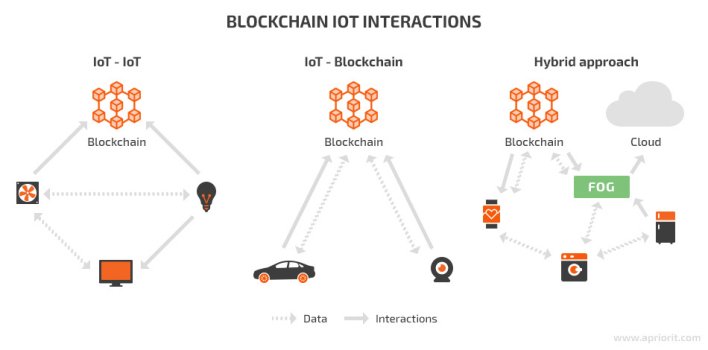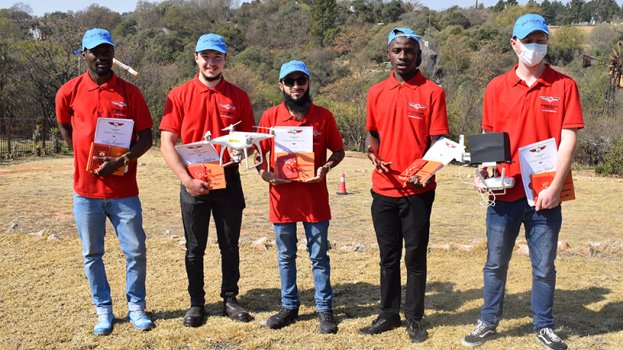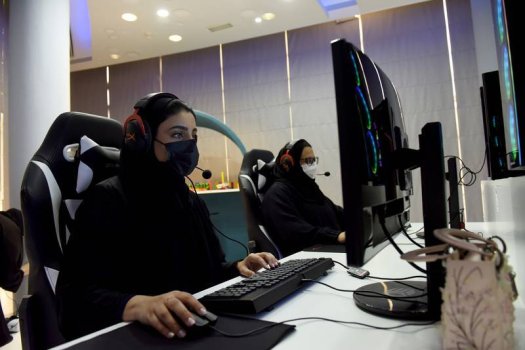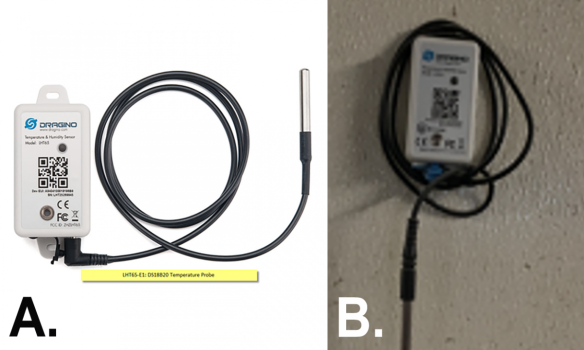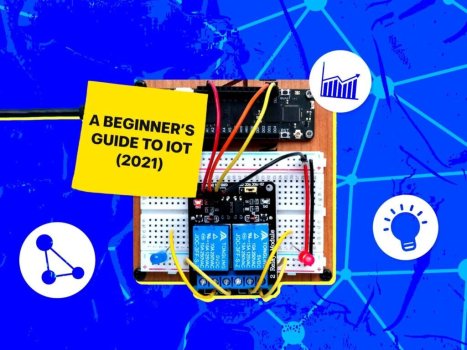Coding and AI jobs: How do we get more girls into tech?
- Technology Solutions
- 0 Replies
Female tech pioneers from the UAE have described their desire to get more girls to learn about artificial intelligence and coding.
They spoke in an online meeting of thought leaders, organized by the British Embassy UAE on Tuesday.
Gamification and using the power of social media were two suggestions on how to encourage more young people to consider a career in tech.
Emirati student, Fatima Ali Aldhuhoori, who was part of her school's prize-winning robotics team and Radhika Iyer, who studied in the UAE before moving to the UK and winning the Amazon Longitude Explorer Prize for tech design, discussed how much they enjoyed using computer science to solve problems.
Globally, these two women are outliers for their generation. Only 18 per cent of girls in tertiary education are pursuing science, technology, engineering, and mathematics studies, compared to 35 per cent of boys, according to the UN children's fund.
Joysy John, the CEO of 01Founders, a free coding school in the UK, told the online meeting about the dire shortage of software engineers and the need for more young people to learn how to work in the digital space.
Continue reading: https://www.thenationalnews.com/uae/2021/09/08/coding-and-ai-jobs-how-do-we-get-more-girls-into-tech/
They spoke in an online meeting of thought leaders, organized by the British Embassy UAE on Tuesday.
Gamification and using the power of social media were two suggestions on how to encourage more young people to consider a career in tech.
Emirati student, Fatima Ali Aldhuhoori, who was part of her school's prize-winning robotics team and Radhika Iyer, who studied in the UAE before moving to the UK and winning the Amazon Longitude Explorer Prize for tech design, discussed how much they enjoyed using computer science to solve problems.
Globally, these two women are outliers for their generation. Only 18 per cent of girls in tertiary education are pursuing science, technology, engineering, and mathematics studies, compared to 35 per cent of boys, according to the UN children's fund.
Joysy John, the CEO of 01Founders, a free coding school in the UK, told the online meeting about the dire shortage of software engineers and the need for more young people to learn how to work in the digital space.
Continue reading: https://www.thenationalnews.com/uae/2021/09/08/coding-and-ai-jobs-how-do-we-get-more-girls-into-tech/










